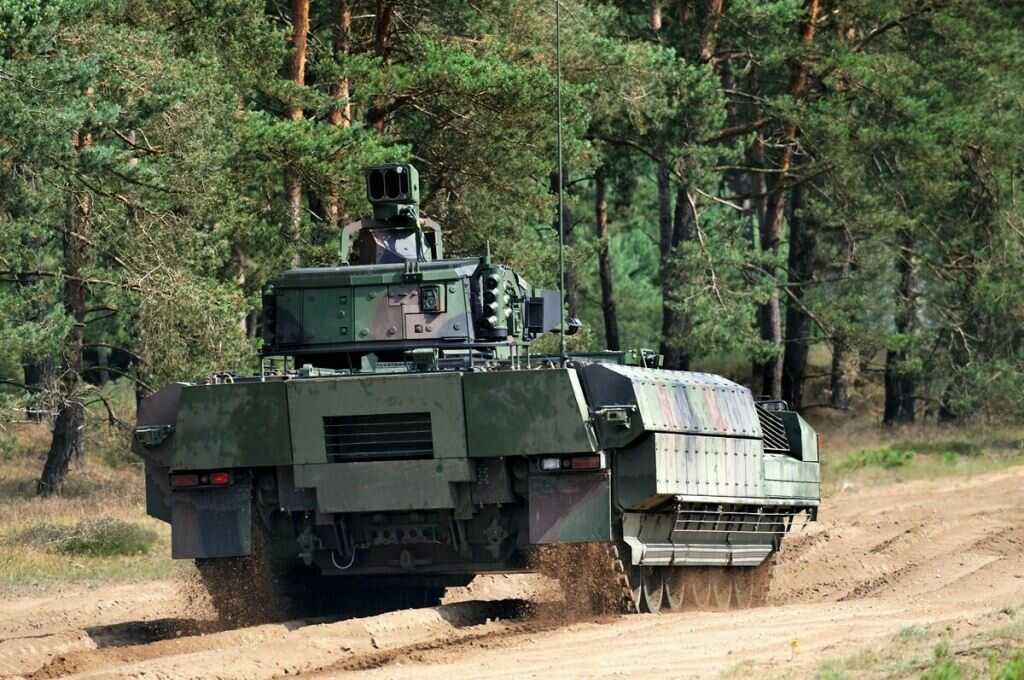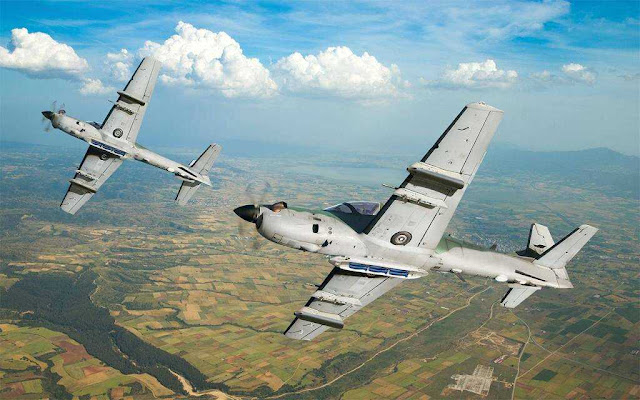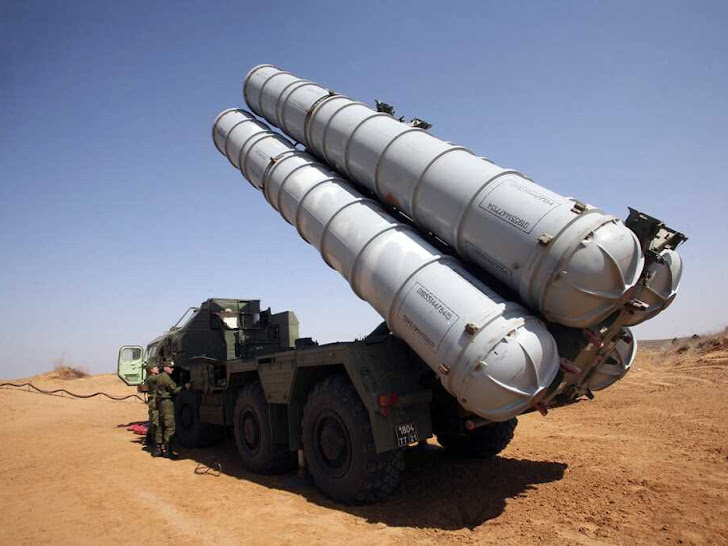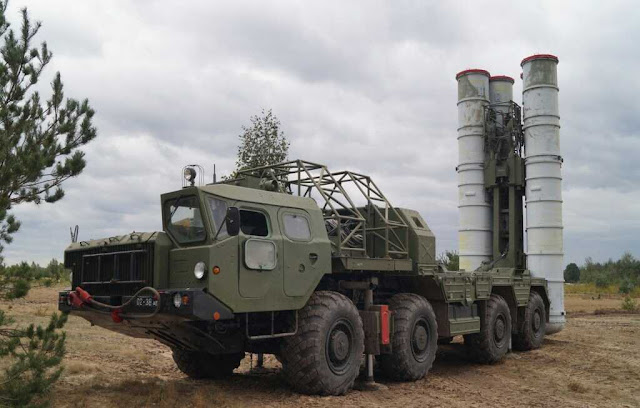Puma Infantry Fighting Vehicle
The Puma is a German infantry fighting vehicle (IFV) (Schützenpanzer or short SPz) designed to replace the aging Marder IFVs currently in service with the German Army.
Production of the first batch of 350 vehicles began in 2010 and is scheduled for completion by the third quarter of 2020. A second batch of 210 Pumas has received funding. Mass production began on 6 July 2009. The companies responsible for this project are Krauss-Maffei Wegmann and Rheinmetall Landsysteme, who created a joint venture in the form of Projekt System Management GmbH (PSM).
The Puma is one of the world's best-protected IFVs, while still having a high power-to-weight ratio. SAIC offered a derivative of the Puma as its contender in the now cancelled American GCV Infantry Fighting Vehicle program.
The Puma, while externally not very different from existing IFVs, incorporates a number of advances and state-of-the-art technologies. The most obvious of these is the incorporated ability to flexibly mount different armour. Another feature is the compact, one-piece crew cabin that enables direct crew interaction ("face-to-face"; like replacing the driver or gunner in case of a medical emergency) and minimizes the protected volume.
The cabin is air conditioned, NBC-proof with internal nuclear and chemical sensors and has a fire suppressing system using non-toxic agents. The engine compartment has its own fire extinguishing system. The only compromise of the otherwise nearly cuboid cabin is the driver station, located in a protrusion in front of the gunner, in front of the turret.
The outer hull (minus the turret) is very smooth and low to minimize shot traps and the general visual signature. The whole combat-ready vehicle in its base configuration will be air transportable in the Airbus A400M tactical airlifter.
Its 3+6 persons crew capability is comparable to other vehicles of comparable weight, like the US American M2 Bradley IFV, the same as in the Marder, but smaller than the 3+8 of the CV9030 and CV9035.
The primary armament is a Rheinmetall 30 mm MK 30-2/ABM (Air Burst Munitions) autocannon, which has a rate of fire of 200 rounds per minute and an effective range of 3,000 m. The smaller 30×173mm cartridge offers major weight saving advantages for example in comparison to the Bofors 40 mm gun mounted on the CV9040 because of a much lower ammunition size and weight. The belt feed system also gives a large number of rounds ready to fire, while the 40mm offers only 24 shots per magazine. This is not a problem in a CV9040, but would force the Puma off the battlefield to reload the unmanned turret.
There are currently two ammunition types directly available via the autocannon's dual ammunition feed. One is a sub-calibre, fin-stabilised APFSDS-T (T for tracer), with high penetration capabilities, mainly for use against medium armoured vehicles. The second is a full-calibre, multi-purpose, Kinetic Energy-Timed Fuse (KETF) munition, designed with the air burst capability (depending on the fuse setting) for ejecting a cone of sub-munitions. The ammunition type can be chosen on a shot to shot basis, as the weapon fires from an open bolt, meaning no cartridge is inserted until the trigger is depressed. The ammunition capacity is 400 rounds; 200 ready to fire and 200 in storage.
Keeping the weight within the 35-ton limit also led to a smaller calibre for the secondary armament, a coaxially mounted 5.56 mm HK MG4 machine gun firing at 850 rounds per minute and with an effective range of 1,000 m. The ammunition capacity is 2,000 rounds; 1,000 ready to fire and 1,000 in storage. While this is a smaller weapon than the western standard secondary armament (7.62 mm caliber MG), it offers the advantage that the crew can use the ammunition in their individual firearms. In situations where the lower range and penetration of the 5.56 mm rounds is an issue, the high ammunition load of the main gun enables the vehicle crew to use one or two main gun rounds instead. The gun housing can also host the 7.62 mm MG3. In next years, the MG4 will be replaced by MG5
To combat main battle tanks, helicopters and infrastructure targets, such as bunkers, the German Puma vehicles will be equipped with a turret-mounted EuroSpike Spike LR missile launcher, which carries two missiles. The Spike LR missile has an effective range up to 4,000 m and can be launched in either the "Fire and Forget" or "Fire and Observe" mode.
In addition to the usual smoke-grenade launchers with 8 shots, there is a 6-shot 76 mm launcher at the back of the vehicle for close-in defence. The main back door can be opened halfway and enables two of the passengers to scout and shoot from moderate protection.
The Puma was designed to accommodate additional armor, initially planning to offer three protection classes which are wholly or partly interchangeable. Protection class A is the basic vehicle, at 31.5 metric tons combat-ready weight air transportable in the A400M. Protection class C consists of two large side panels that cover almost the whole flanks of the vehicle and act as skirts to the tracks, a near-complete turret cover and armor plates for most of the vehicle's roof. The side panels are a mix of composite and spaced armor. It adds about 9 metric tons to the gross weight. Originally, there was also a protection class B designed for transport by rail. However, it became obvious that class C lies within the weight and dimension limits for train/ship transportation, thus class B was scrapped.
The Puma is protected by AMAP composite armour, the AMAP-B module is used for protection against kinetic energy threats, while AMAP-SC offers protection against shaped charges.
Specifications
- Mass: 31.45 t (level A), 43 t (level C)
- Length: 7.6 m
- Width: 3.9 m (uparmored)
- Height: 3.6 m
- Crew: 3 + 6
- Armor: modular AMAP composite armour
- Main armament: 30 mm MK30-2/ABM autocannon 400 rounds
- Secondary armament: 5.56 mm HK MG4 machine gun, to be replaced by the 7.62 mm MG5 2,000 rounds Spike LR anti-tank guided missile; 6-shot 76 mm grenade launcher
- Engine: MTU V10 892 diesel, 11.1 litres 800 kilowatts (1,100 hp) at 4,250 r/min
- Power/weight: 18.6 kW/t
- Suspension: hydropneumatic
- Operational range: 460 km (road)
- Maximum speed: 70 km/h (road)
Germany; Chile; Croatia; United States



























































